Last updated on April 16th, 2023 at 01:38 pm
Did you know minerals compose about 4% of the human body? Additionally, the body does not produce any minerals. As a result, you can only get your minerals from food. Out of the 103 known minerals, at least 18 are necessary for good health.
All real whole food is naturally packaged with the nutrients the body needs. Its beauty is that it also contains all the co-factors that work synergistically together.
Minerals play many essential roles in the body, such as:
- acting as co-factors for enzyme reactions
- maintaining pH balance in the body
- facilitating the transfer of nutrients across cell membranes
- maintaining proper nerve conduction
- contracting and relaxing of muscles
- regulating tissue growth
- providing structural and functional support
In truth, the body needs macro-minerals and micro-minerals from food to function well.
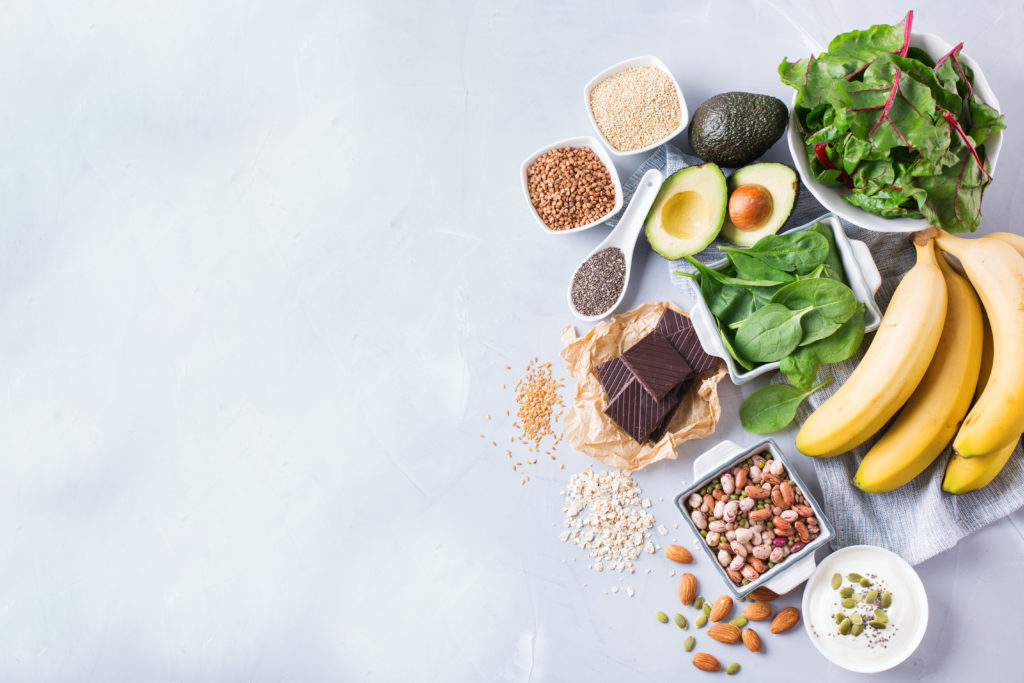
Minerals from food sources:
Almonds
Soaked or sprouted almonds contain high magnesium, phosphorus, calcium, manganese, and zinc levels.
Cashews
Soaked or sprouted cashews contain high levels of magnesium.
Brazil Nuts
Soaked Brazil nuts contain high calcium, magnesium, manganese, and selenium levels necessary to convert thyroid hormones T3 to T4.
Pecans
Soaked or sprouted pecans are high in zinc.
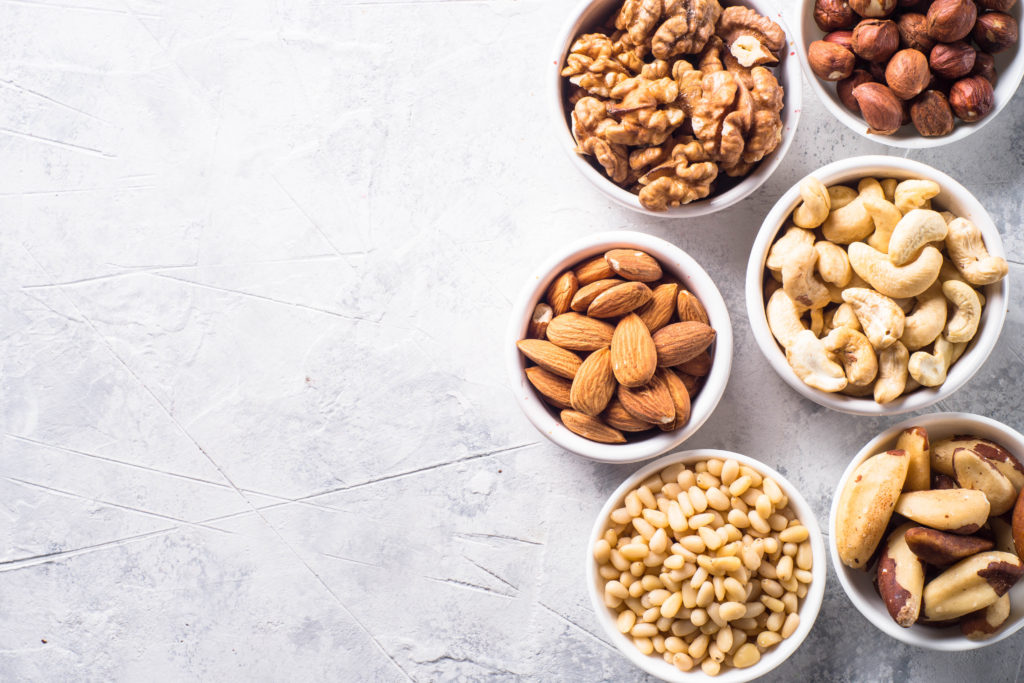
Brown Rice
Spouted or soaked brown rice contains high levels of magnesium.
Celery
Celery is high in silica, which helps renew joints, bones, arteries, and connective tissues.
Sea Vegetables
Sea vegetables contain iodine, which is necessary to produce thyroid hormones.
Root Vegetables
Potatoes, beets, and carrots are high in silica, essential for collagen formation and connective tissue’s elasticity and resilience. Moreover, they also regulate calcium placement in bone and tissue.
Avocado
Avocado is high in potassium (680 milligrams per serving). Potassium helps regulate water balance and distribution; kidney and adrenal function; muscle and nerve function; heart function.
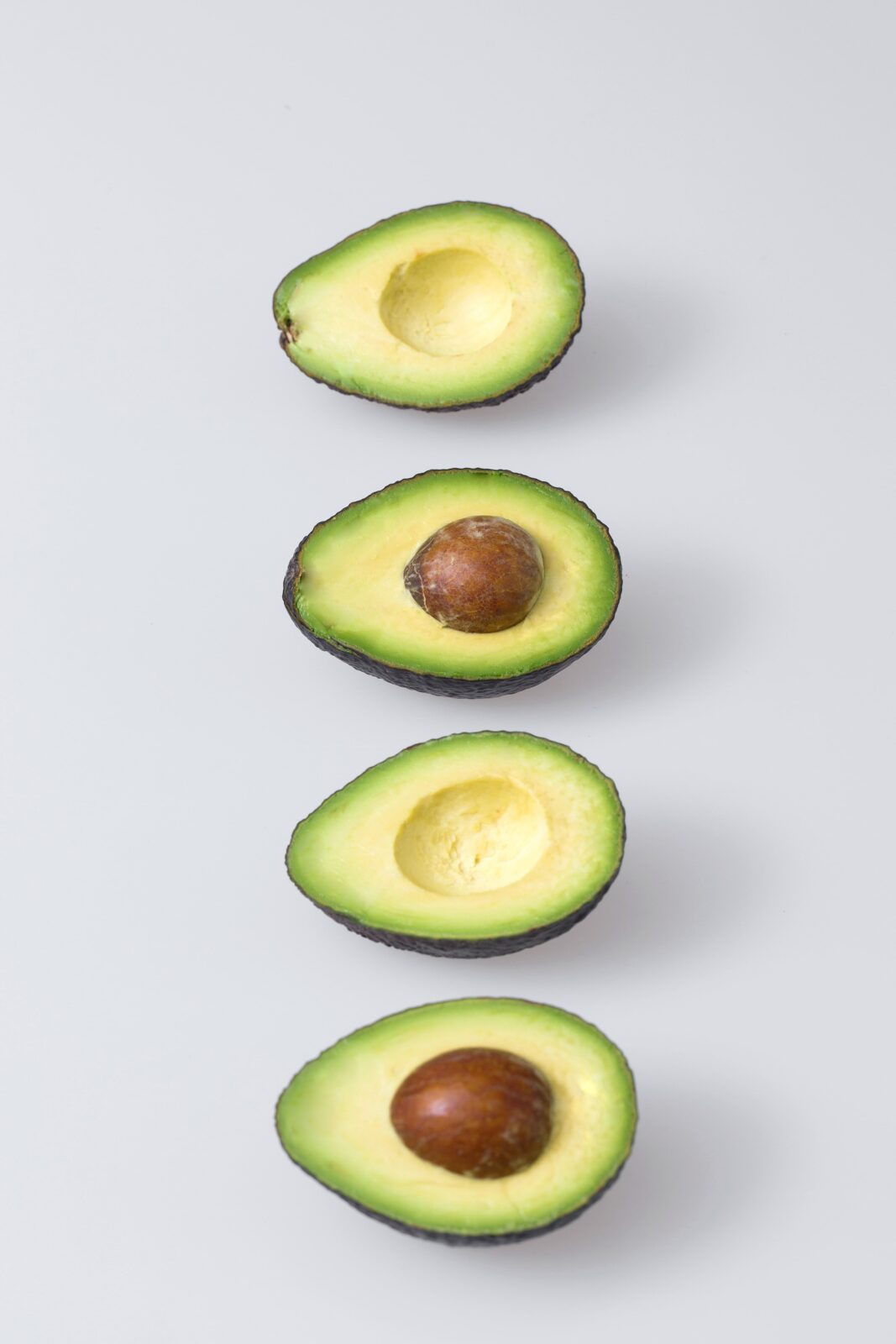
Kelp
Kelp is high in calcium, magnesium, and iodine.
Raw Cheddar Cheese
Cheddar cheese is high in calcium.
Collard Greens
Cooked collard greens are high in calcium.
Kale
Cooked kale is high in calcium and molybdenum.
Turnip Greens
Cooked turnip greens are high in calcium.
Sesame Seeds
Soaked sesame seeds are high in calcium.
Cultured Plain Yogurt
Cultured dairy is high in calcium and phosphorus.
Apricots
Apricots are high in calcium and potassium.
Brewer’s Yeast
Brewer’s yeast is high in calcium, magnesium, chromium, and molybdenum.
Parsley
Parsley is high in calcium and vanadium.
Dandelion Greens
Dandelion greens are high in calcium.
Salmon
Salmon (preferably wild-caught) is high in phosphorus, potassium, and sodium.
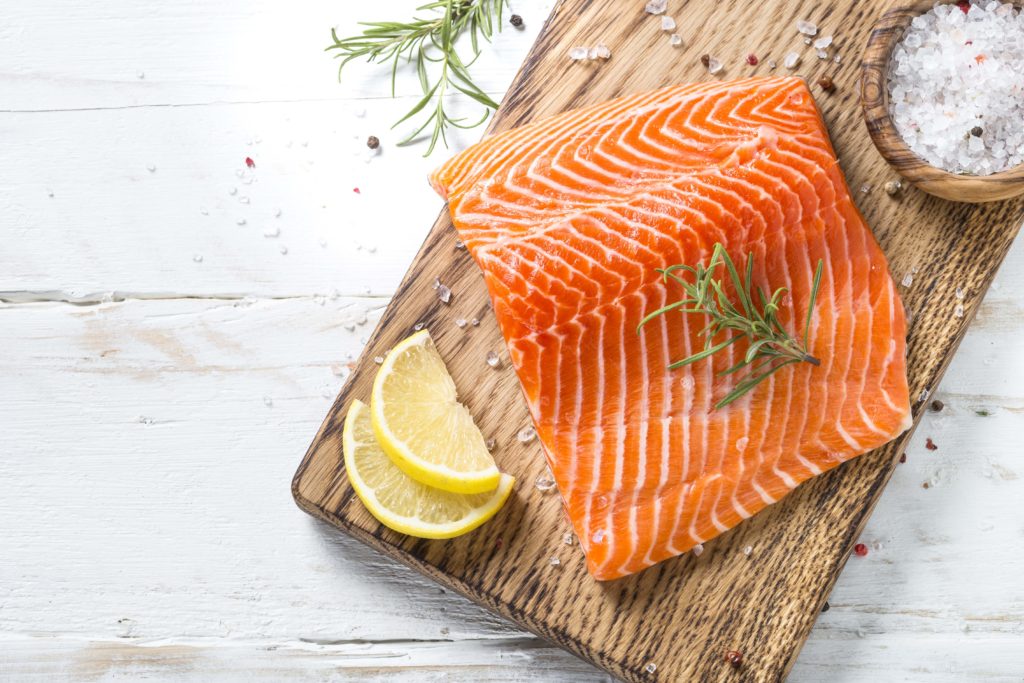
Lentils
Soaked or sprouted lentils are high in phosphorus, sulfur, iron, and molybdenum.
Halibut
Wild-caught halibut is high in phosphorus.
Beef
Grass-fed and finished beef is high in phosphorus and iron.
Beef Liver
Pastured beef liver is high in copper and iron. You can consider desiccated beef liver capsules if the thought of eating liver is overwhelming.
Turkey
Pastured-raised turkey is high in phosphorus.
Chicken
Pastured-raised chicken is high in phosphorus and potassium.
Molasses
Blackstrap molasses are high in magnesium and iron.
Asparagus
Asparagus is high in potassium.
Carrots
Carrots are high in potassium.
Peaches
Peaches are high in potassium.
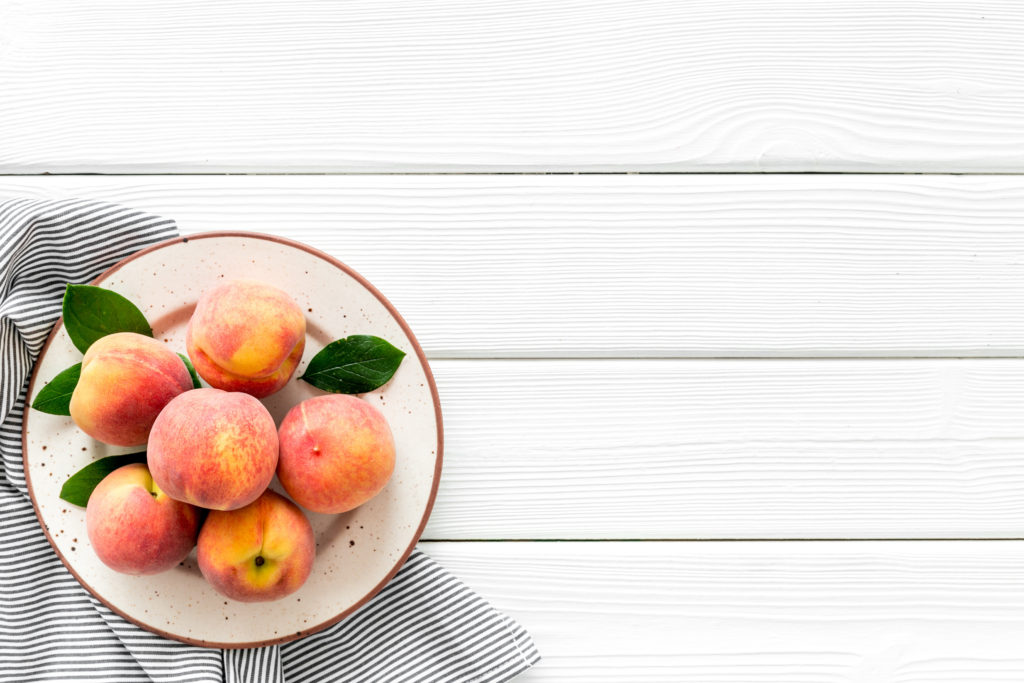
Lima Beans
Lima beans are high in potassium.
Potatoes
Potatoes are high in potassium, chromium, and iron.
Tomatoes
Tomatoes are high in potassium.
Bananas
Bananas are high in potassium.
Cauliflower
Cooked cauliflower is high in molybdenum.
Garlic
Garlic is high in sulfur and molybdenum. We also love fermented garlic for additional gut support.
Oysters
Oysters are high in zinc.
Pumpkin Seeds
Soaked or sprouted pumpkin seeds are high in zinc.
Out of all the minerals, I believe that most people are highly deficient in magnesium, and it is one of the few “blanket statement” supplementation recommendations I will make. Everyone needs to support their bodies with additional magnesium supplementation. Generally, a super (and relaxing) way to increase magnesium stores in the body is to take a magnesium salt bath for 20-25 minutes. Another option is this lotion to increase magnesium levels topically. Moreover, I always recommend getting various kinds of magnesium when supplementing – I love Smidge Morning and Evening Magnesium (available on my Fullscript dispensary) and this liquid form. Additionally, if you respond poorly to magnesium, you must first increase your potassium and sodium levels.
I hope this list will be a helpful tool to show you how simple it can be to incorporate more nutrient-dense foods for mineral support into your diet.
Disclaimer: This post is not intended to provide medical advice, diagnosis, or treatment and is for educational purposes only.
To order practitioner and therapeutic-grade supplements, visit my Fullscript dispensary for an automatic 15% off all orders.
*****
Use code “NURTUREMEWILD” at checkout to save 10% off all your orders at Perfect Supplements!
*****
Use code “NEWTOEARTHLEY” at checkout to save 10% off your first order at Earthley!
*****
Use code “NURTUREMEWILD” at checkout to save 10% off your first order at Live Pristine!



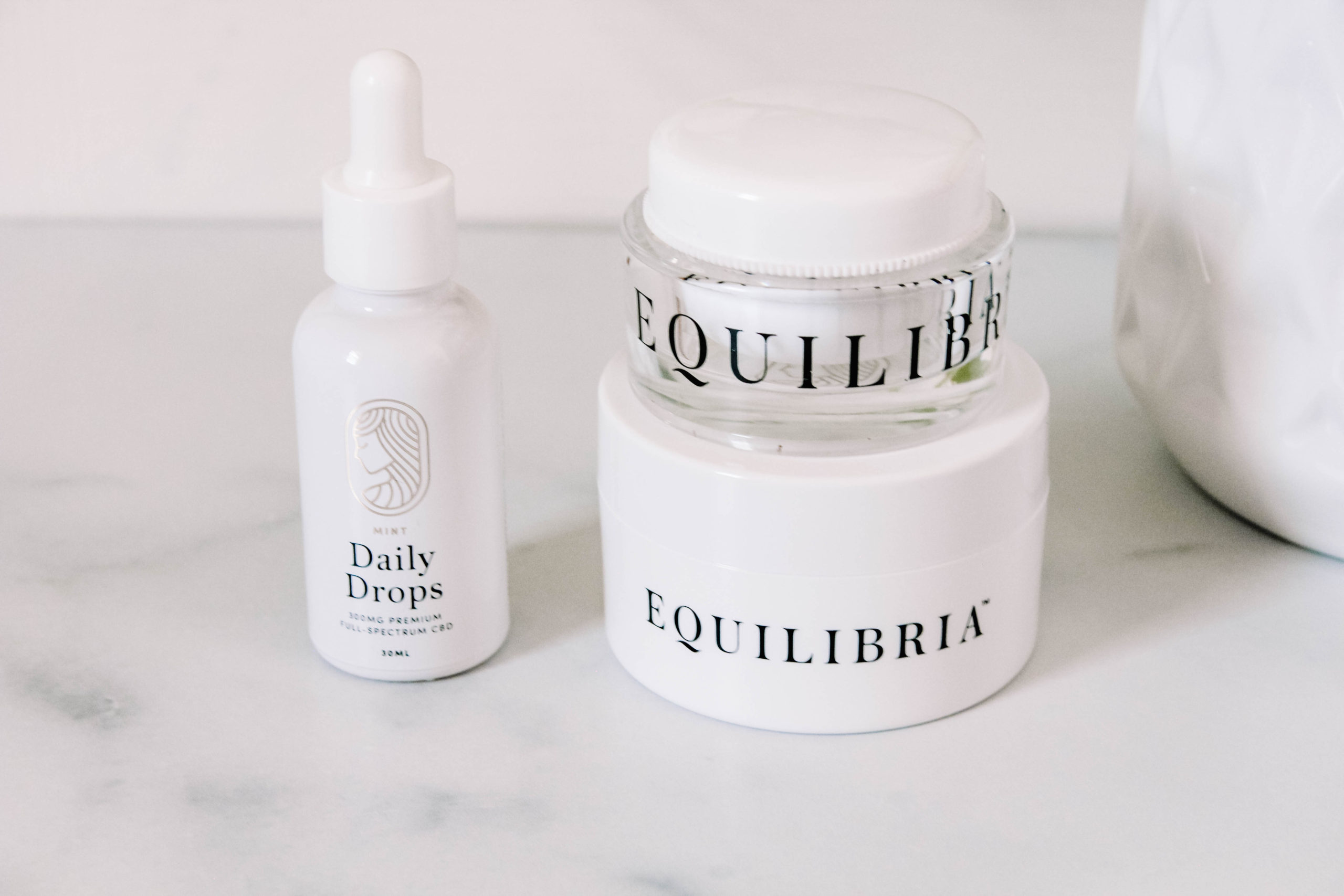
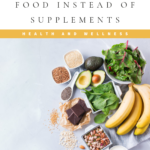
+ view comments